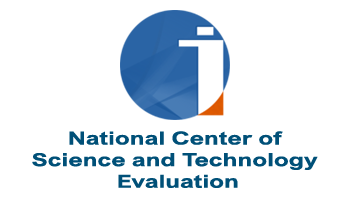Biological features of the medicinal plant Plantago major L.
DOI:
https://doi.org/10.26577/ijbch-2019-1-i11Abstract
Paper provides an overview of the therapeutic, morphological, anatomical and phytochemical features of Plantago major L. For studies, plant samples were collected four times from April to September 2018 in the Almaty region, with freshly harvested plants used for morphological and anatomical studies, and specially dried leaves used for phytochemical studies. Anatomical sections were produced using the classic blade method. Chemical composition, including vitamins B1 (thiamine chloride), B2 (riboflavin),B3 (pantothenic acid), B6 (pyridoxine), C (ascorbic acid), E (tocopherol), tannins was studied at the research laboratory for assessing the quality and safety of food products of the Almaty Technological
University. Vitamins were determined according to the State Standard 31483-2012, with the help of the device “Kapel105-M” by the method of capillary electrophoresis (M-04-41-2005). Tannins were estimated by titration of margon-acid potassium using the classical method according to the State Standard 24027.2-80. As a result of a phytochemical study, large amount of vitamin C (ascorbic acid) was determined among vitamins, on average of 0.432 mg/100g. This means that preparations obtained from Plantago major L. can be used in the treatment of bleeding gums, against viral and other diseases. However, vitamin E was not detected in the plant. Amount of tannins was around 77.94 mg/100g; which indicates its high antimicrobial, hemostatic properties and prevents the replenishment of the gastrointestinal tract. The results of this study can be used as an additional material in the educational process in such courses as “Botany”, “Medicinal plants”, “Anatomy and morphology of plants”.
Downloads
How to Cite
Issue
Section
License
ааа

















